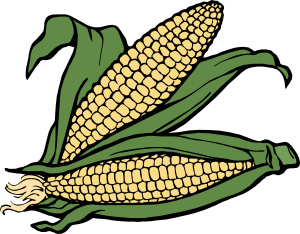I am sad to say that my dear friend Greg Speichert died Thursday night in Philadelphia while attending the Independent Plant Breeders Conference at Longwood Gardens. I just got back from the conference and heard the news from Dan Heims via Facebook. I am in shock right now as I just spoke with him Wednesday evening. I know that many of you knew Greg and would want to know the news. He was an internationally known plant expert and had many friends around the world.
I can't tell you when I first met Greg, but I can tell you it was a was a great day when I did. We talked for hours about all types of plants, plant breeding, gardening and friends that we had in common. We laughed and talked like old friends that had known each other for years. I knew that I had met someone very special. He was so genuine and honest. He was so much more than just a plantsman - even though he was one of the most knowledgeable horticulturists I had ever met. He was full of joy. He loved plants. He loved learning about plants, so much so, that it was an for him obsession. It was his life calling and he took it very seriously. It was who he was.
Let me tell you a little bit about Greg and his passion for plants:
In his youth, Greg became interested in daffodils so he joined the daffodil society. Utilizing plant sales, friends, auctions, and mail order he acquired every species and daffodil cultivar available. He grew them, documented them, photographed them, studied them and took notes on them. Once he learned everything possible about daffodils he stopped, quit the daffodil society and then joined the Iris Society and began again. This is how he lived. He just continued to learn new plant groups until he knew it all and then moved on. During his ornamental grass phase he corresponded with all of the foremost experts and breeders of ornamental grasses in Germany and translated what he had learned into English. He was a pioneer in ornamental grasses, water plants and perennials.
He was perhaps best known as a water plant expert. He and his wife Sue owned and operated a nursery that specialized water garden plants. Together they wrote the Encyclopedia of Water Garden Plants (Timber Press) and published a water gardening magazine. It is said that he introduced over 300 new hardy and tropical marginals and over 100 new native water plants to the water gardening industry.
I have never met anyone else like Greg and I doubt I ever will.
Beyond his crazy knowledge of plants, Greg was a gentle soul. Genuine, thoughtful, helpful and interested in other people. I remember him telling me about a plant hunting trip he made to China. He wanted so badly to share this experience with me that he later planned a trip to take me there.
He was perhaps best known as a water plant expert. He and his wife Sue owned and operated a nursery that specialized water garden plants. Together they wrote the Encyclopedia of Water Garden Plants (Timber Press) and published a water gardening magazine. It is said that he introduced over 300 new hardy and tropical marginals and over 100 new native water plants to the water gardening industry.
I have never met anyone else like Greg and I doubt I ever will.
Beyond his crazy knowledge of plants, Greg was a gentle soul. Genuine, thoughtful, helpful and interested in other people. I remember him telling me about a plant hunting trip he made to China. He wanted so badly to share this experience with me that he later planned a trip to take me there.
When I saw him this week at Longwood Gardens, he was the same enthusiastic, happy guy I had known and loved. He told me he was getting into Iris breeding. With a smile he told me all the old iris breeders were gone and that it was the perfect time to pick up where they had left off. Unfortunately for us - he too is gone. So suddenly, so unexpectedly he is gone. While I am very sad, I also feel so blessed to have seen him one last time. To have seen his smile. He was among friends, he was learning about plants, and he was happy.






























